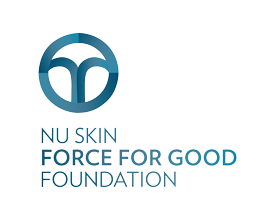The Gulf of Fonseca, on the Pacific side of Honduras, is dotted with volcanic islands. The climate is hot and harsh—the average high temperature is 87° or above all year. Mangroves line the coast and are crucial to the health of the gulf, preventing erosion and sheltering a huge variety of animal life. There are many kinds of fishes as well as clams, crabs, and crocs. Shorebirds, pelicans, ibises, frigatebirds, parakeets, bitterns, and many other bird species are abundant. The gulf is one of the critically endangered hawksbill turtle’s two primary nesting sites in the eastern Pacific.
More than a quarter of Güipo and Tomason Island’s mangroves, however, have been cut for firewood or construction material, stripped of bark for use in tanneries, or cleared for aquaculture, agriculture, or salt ponds. Even the mud has been taken, to make bricks. People also dump waste there. To address these problems, the community will:
- Protect mangroves. Working with the government Forest Conservation Institute (ICF) and Municipal Environmental Unit, they will monitor a nearby 32-acre mangrove forest. They will patrol by canoe and on foot, keep watch from observation points, and create a protocol for reporting illegal activities.
- Replant mangroves. Community members will work with the local community board, which has experience in reforesting degraded mangrove areas, on seed collection and planting.
- Reduce and manage solid waste. The community will create a temporary solid waste storage site and regularly move waste to the landfill on the mainland. To reduce waste, the home gardens program will teach people to make fertilizer from organic waste.
The community is using a Seacology grant to build a kindergarten. Right now, there is just one small school, which must squeeze in students from kindergarten to sixth grade. Community members did build a small structure to serve as a kindergarten, but it collapsed because inadequate materials were used.






